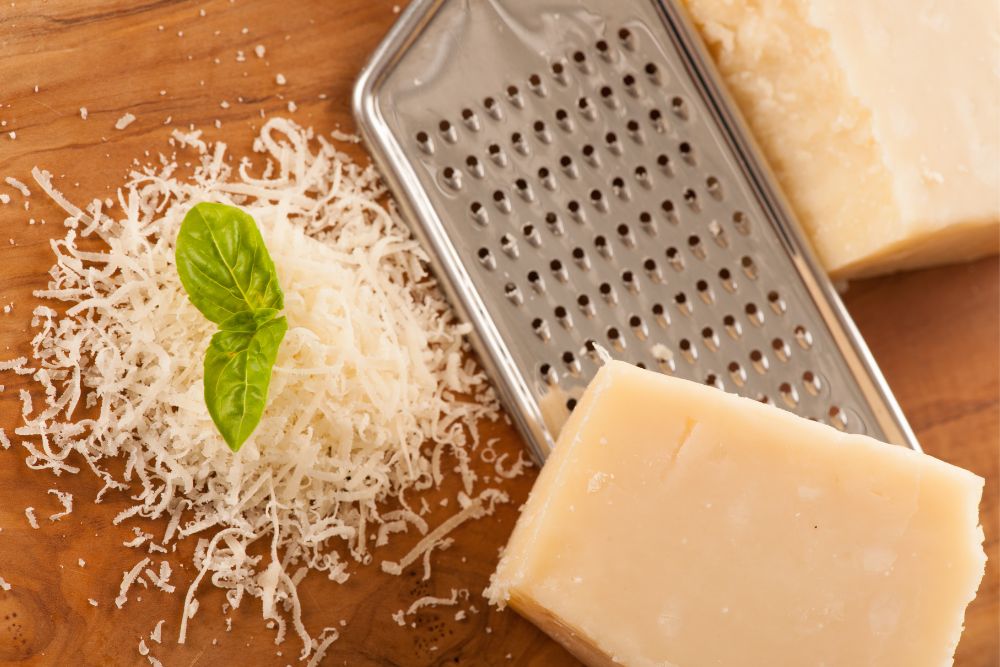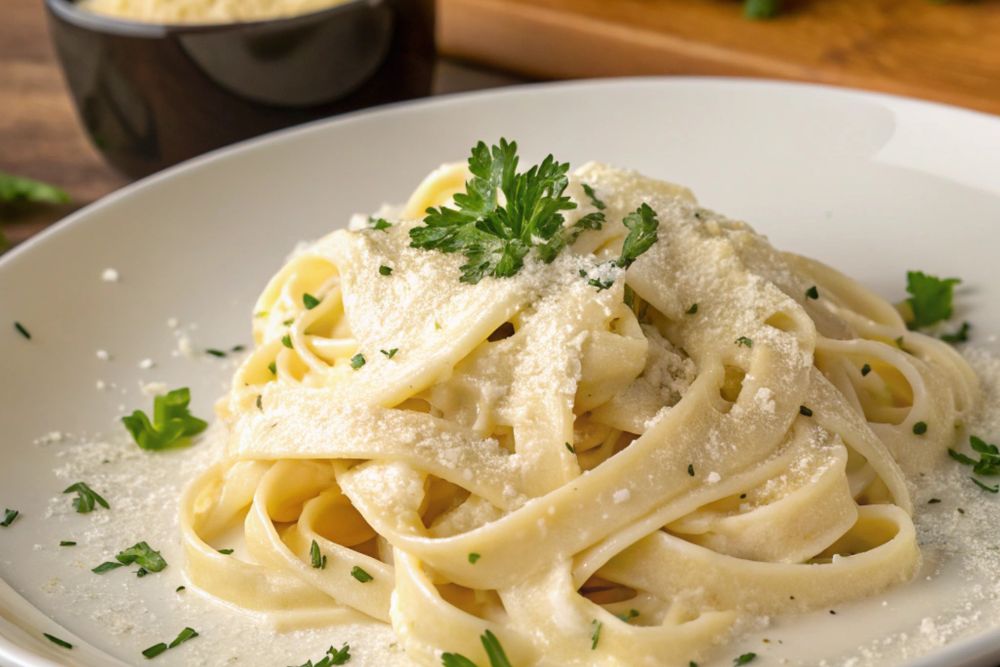
Aosta Wine
The Valle d'Aosta, also known as Aosta Valley, is a region of stark beauty and rugged landscapes. Nestled in the heart of the Italian Alps, it is Italy's smallest and least populous region, yet it boasts a winemaking heritage that is as vast as its mountain vistas. The wine from Valle d'Aosta is not just a beverage; it's an embodiment of Alpine resilience and a testament to the human spirit's capacity to craft beauty from adversity.
Valle d’Aosta Wine
The Historical Roots of Aosta’s Viticulture
Viticulture in Aosta Valley can trace its lineage back to Roman times when the ancient conquerors recognized the potential of its fertile lands. Over centuries, the region has been shaped by various cultures, including the Salassi, Romans, Franks, and Savoyards, each leaving their indelible mark on Aosta's winemaking traditions.
Geography and Climate: The Terroir of the Gods
The terroir of Valle d'Aosta is a love letter written by the forces of nature. The region's vineyards are perched on precipitous slopes, ranging from 600 to 1,200 meters above sea level, making them some of the highest in Europe. This high-altitude viticulture is not for the faint-hearted; it demands a synthesis of grit and finesse. The Alpine climate bestows a thermal range that is pivotal in developing the aromatic complexity of Aosta's wines, with warm days and cool nights preserving the grapes' acidity and freshness.
The Grapes: Alpine Stars in Their Own Right
Valle d'Aosta's wine identity is intricately linked to its unique grape varieties, many of which are indigenous and scarcely found elsewhere. Among the stars of the region are:
- Petite Arvine: A white grape that yields floral and mineral-driven wines.
- Fumin: A red grape known for its spicy notes and deep color.
- Cornalin: Another red varietal that produces wines with lively acidity and red fruit flavors.
- Prié Blanc: An ancient white grape variety, often vinified to create the region's esteemed Blanc de Morgex et de La Salle.
Valle d’Aosta DOC: A Symphony of Micro-Terroirs
The entire region is covered by the Valle d'Aosta DOC (Denominazione di Origine Controllata), which is subdivided into several sub-zones, each with its unique microclimate and character. These sub-zones include:
- Arnad-Montjovet: Known for robust red wines from the Nebbiolo grape, locally called Picotendro.
- Enfer d'Arvier: Producing intense reds from the Petit Rouge grape.
- Torrette: Focused on blends, predominantly featuring Petit Rouge, yielding wines with harmony and depth.
- Nus: Renowned for both reds from Vien de Nus and whites from Malvoisie.
A Love Affair with Tradition and Technology
In Valle d'Aosta, tradition intersects with modernity. Winemakers here embrace ancient practices such as pergola training systems while also incorporating modern technology to refine their winemaking processes. This blend of old and new ensures that the wines not only speak of their storied past but also resonate with contemporary palates.
The Pinnacle of Aosta’s Winemaking: Heroic Viticulture
The term “heroic viticulture” is not a marketing ploy; it’s a reality in Aosta Valley. The steep vineyards here are often inaccessible by machinery, requiring manual labor for everything from planting vines to harvesting grapes. This labor-intensive process underscores the passion and dedication of Aosta’s winemakers.
The Wineries: Beacons of Aosta’s Wine Culture
Family-run estates and small cooperatives form the backbone of Aosta’s wine production. Each winery, with its narrative, contributes to the rich tapestry of the region’s wine culture. Notable wineries include Les Crêtes, Institut Agricole Régional, and Cave des Onze Communes, each producing exemplary wines that articulate the essence of their alpine terroir.
Food Pairing: A Culinary Journey
The wines of Valle d'Aosta are inextricably linked to the local cuisine. From Fontina cheese to game meats, the regional dishes are enhanced when paired with Aosta’s wines. Whether sipping a glass of crisp Petite Arvine with a fondue or enjoying a robust Torrette with a plate of carbonade, the harmony between food and wine here is sublime.
Sustainability: A Future-Focused Approach
With the increasing emphasis on sustainability, Aosta’s winemakers are fervently protective of their pristine environment. Organic viticulture is becoming the norm, with many vineyards eschewing pesticides and herbicides, opting instead for eco-friendly practices that ensure the health of their land for generations to come.
The Aosta Experience: More Than Just Wine
To immerse oneself in the wines of Aosta Valley is to embark on a journey that transcends the sensory. It is an invitation to explore ancient castles, meandering trails, and to be enveloped by the welcoming embrace of its people. The region may be Italy’s smallest, but the memories it bestows upon visitors are grand.
Looking Ahead: The Ascent of Aosta’s Wines
The future for Aosta Valley wines is as promising as the Alpine sunrises that bathe its vineyards in golden hues. As global consumers become more adventurous, seeking out unique and lesser-known wines, Aosta’s offerings are poised to captivate the palates of wine enthusiasts around the world.
In Conclusion
The Valle d'Aosta’s wines are treasures waiting to be unearthed by those willing to venture off the beaten path. With each bottle uncorked, a story unfolds — a story of heritage, resilience, and an unwavering commitment to excellence. These wines are not merely products; they are the heartbeats of a region whose whispers of history are etched in every sip.
In the tapestry of Italian wines, the Aosta Valley is a delicate yet vibrant thread, weaving a narrative of tradition, tenacity, and triumph. So, raise a glass to the indomitable spirit of Valle d’Aosta — where every bottle is a testament to the adage that great things indeed come in small packages.
Aosta Valley Wines: Lists and Denominations
The Aosta Valley (Valle d'Aosta) is Italy's smallest wine-producing region, but it offers a diverse range of wines, primarily known for their high quality and the use of indigenous grape varieties. Below is a comprehensive list of Aosta Valley wines, categorized by the main grape varieties and notable blends, along with some of their specific denominations where applicable.
White Wines
- Blanc de Morgex et de La Salle: Made from the Prié Blanc grape, from vineyards around the towns of Morgex and La Salle.
- Petite Arvine: A crisp white wine with floral and citrus notes.
- Chardonnay: Some pure varietals and blends.
- Pinot Gris: Locally known as Malvoisie.
- Müller-Thurgau: Aromatic white wine often grown at high altitudes.
Red Wines
- Fumin: A varietal red wine that is rich, spicy, and aromatic.
- Torrette: A blend dominated by the Petit Rouge grape, sometimes with Fumin, Vien de Nus, and other local varieties.
- Enfer d'Arvier: Another blend based on Petit Rouge, from the specific area around Arvier.
- Cornalin: A red wine known for its vibrant color and red fruit flavors.
- Nus Rouge: Made primarily from Vien de Nus and Petit Rouge.
- Gamay: Often found as a varietal wine or in blends.
- Pinot Noir: Produced as a varietal in cooler microclimates.
Rosé Wines
- Gamay Rosé: A lighter wine with the characteristic freshness of alpine wines.
- Pinot Noir Rosé: A delicate and often mineral-driven rosé.
Specialty and Fortified Wines
- Vin de Glacier: A traditional fortified wine of the region.
- Chaudelune Vin de Glace: A sweet wine made from grapes harvested in the winter frost.
Denominations
The Valle d'Aosta DOC encompasses a variety of wine styles and is further divided into several sub-zones, each with its characteristic wine style based on the local grape varieties.
Valle d'Aosta DOC (or Valle d'Aosta DOP) is the overarching denomination for wines from the Aosta Valley, and includes sub-categories based on grape variety and/or production area.
Sub-zones and Typical Wines
- Arnad-Montjovet: Known for red wines with Nebbiolo (locally known as Picotendro).
- Donnas: Red wines mainly from Nebbiolo grapes.
- Chambave: Both red and white wines, including Muscat-based wines from the sub-zone of Chambave Moscato.
- Blanc de Morgex et de La Salle: White wines from Prié Blanc grapes, from some of the highest vineyards in Europe.
These categories represent a guide through the rich mosaic of Aosta Valley wines, showcasing the region's commitment to preserving its unique varietals and expressions of terroir. Wine enthusiasts may also come across experimental and limited production wines from less common local varieties like Mayolet, Premetta, or Vuillermin, which reflect the region's innovative spirit within its ancient winemaking traditions.







